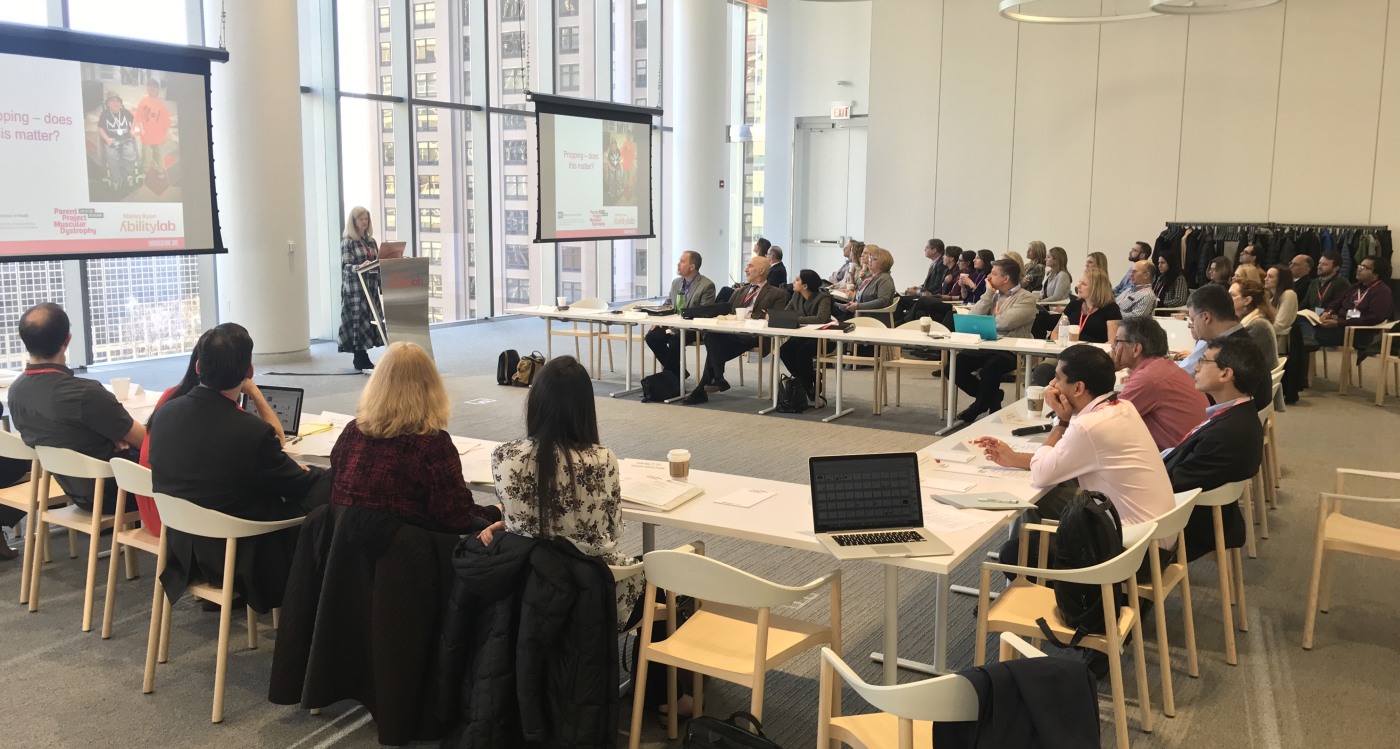
PPMD and NIH are convening a group of more than 60 researchers, post-docs, neurologists, surgeons, industry partners, physiatrists, and physical therapists on April 19-20, 2018, who have experience and expertise in the development, prevention, and management of contractures to discuss these critical issues.
We just don’t know very much about contractures. Why are some individuals more likely to develop contractures than others? Can they be prevented? Does stretching help? How much, how often and for how long? Does bracing help? Are contractures influenced by posture and positioning? Are they influenced by genetics? Can we do more, or do different?
There are many things that interfere with quality of life in Duchenne. Loss of the ability to position, move, or use parts of the body due to a contracted joint significantly impacts quality of life for individuals with Duchenne.
Tendons are the rubber bands that connect muscles to joints. Contractures develop when stiff, tight, and unmovable tissues replace the normal stretchy and flexible rubber bands (tendons). In Duchenne, contractures can develop in multiple joints in both the lower and upper body, everywhere from head to toe. And often, contractures cause pain.
In order to preserve joint and tendon flexibility, neuromuscular specialists and physical therapists recommend stretching, bracing, casting, and sometimes surgery. Parents and individuals with Duchenne try to do everything that they can, everything they are asked to do, to preserve joint flexibility. Sadly, we see that contractures develop, often despite all interventions and the most valiant of efforts. Sometimes, no matter what we do, contractures develop.
With these questions in mind, PPMD has worked closely over the past year with experts across the country, several branches of the NIH – NINDS, NIAMS, and NICHD – and the Shirley Ryan Ability Lab in Chicago, to discuss this topic and how best to address this complicated issue.
On Day 1, our NIH partners have developed a comprehensive agenda evaluating the biologic, cellular, and metabolic causes of contracture development using data captured by biomarkers, MRI, natural history, and pathology across diagnoses.
Day 2, includes a robust agenda discussing the physiological, biomechanical, cellular/molecular determinants of the development of fibrosis, the cascade of contracture development in Duchenne, and the impact of preventative and management therapies.
It is PPMD’s hope that identifying gaps in contracture care and research will result in clear guidance about contractures — development, interventions, and prevention and will help to identify areas of future study. A summary of this meeting will be published in a peer reviewed journal and the experts attending this meeting will work to develop a plan of therapy that is appropriate, realistic and understandable for families at all stages of Duchenne.
Duchenne is hard. Contracted joints, with loss of joint flexibility, function and pain, make it harder. While we are working tirelessly to end Duchenne, we are working just as hard to improve the quality of life for everyone living with Duchenne.



 by: Parent Project Muscular Dystrophy
by: Parent Project Muscular Dystrophy

